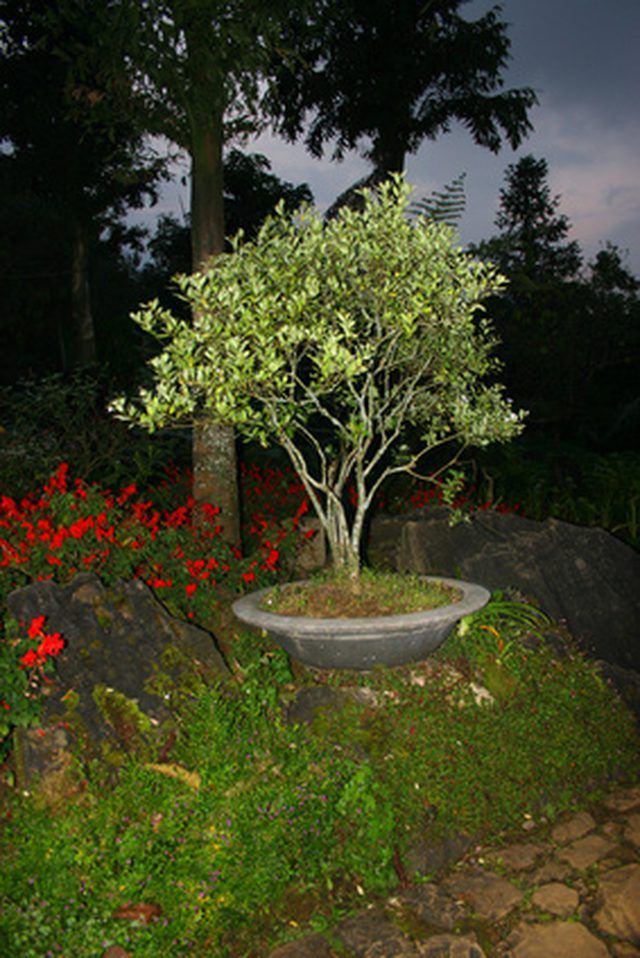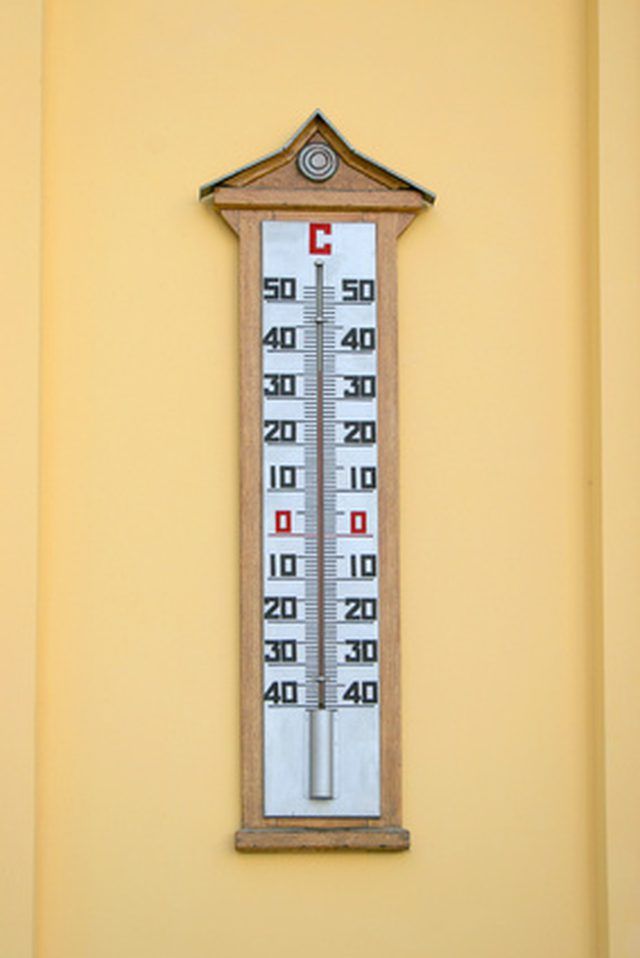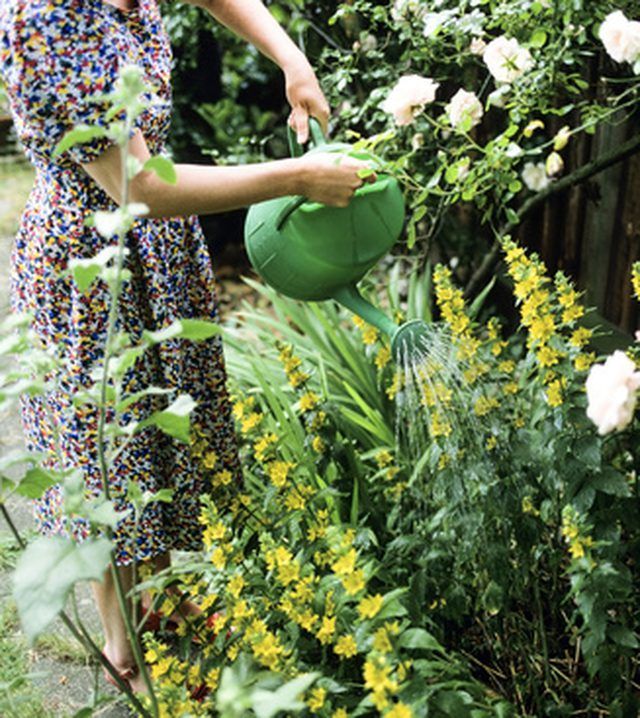Bulbs
Flower Basics
Flower Beds & Specialty Gardens
Flower Garden
Garden Furniture
Garden Gnomes
Garden Seeds
Garden Sheds
Garden Statues
Garden Tools & Supplies
Gardening Basics
Green & Organic
Groundcovers & Vines
Growing Annuals
Growing Basil
Growing Beans
Growing Berries
Growing Blueberries
Growing Cactus
Growing Corn
Growing Cotton
Growing Edibles
Growing Flowers
Growing Garlic
Growing Grapes
Growing Grass
Growing Herbs
Growing Jasmine
Growing Mint
Growing Mushrooms
Orchids
Growing Peanuts
Growing Perennials
Growing Plants
Growing Rosemary
Growing Roses
Growing Strawberries
Growing Sunflowers
Growing Thyme
Growing Tomatoes
Growing Tulips
Growing Vegetables
Herb Basics
Herb Garden
Indoor Growing
Landscaping Basics
Landscaping Patios
Landscaping Plants
Landscaping Shrubs
Landscaping Trees
Landscaping Walks & Pathways
Lawn Basics
Lawn Maintenance
Lawn Mowers
Lawn Ornaments
Lawn Planting
Lawn Tools
Outdoor Growing
Overall Landscape Planning
Pests, Weeds & Problems
Plant Basics
Rock Garden
Rose Garden
Shrubs
Soil
Specialty Gardens
Trees
Vegetable Garden
Yard Maintenance
Why Is My Ficus Tree Dropping Leaves?
Why Is My Ficus Tree Dropping Leaves?. The ficus tree is a common household plant due to its small size and unique appearance. Despite its popularity, a ficus tree—also known as "weeping fig"—will commonly exhibit leaf loss during environmental stress. Preventing stress to the ficus tree requires knowing its needs and...

The ficus tree is a common household plant due to its small size and unique appearance. Despite its popularity, a ficus tree—also known as "weeping fig"—will commonly exhibit leaf loss during environmental stress. Preventing stress to the ficus tree requires knowing its needs and how to properly react to leaf loss.
Changes in Temperature
Bonsai Gardener advises, "Make sure you keep them on display in a sunny area that never goes below 60 to 65 degrees." Exposing the ficus tree to a draft or temperatures lower than 60 degrees Fahrenheit can result in leaf loss. Extremely high temperatures can produce the same effect. Do not expose your tree to temperatures over 100 degrees Fahrenheit. Protect them by bringing them inside.

Fungus and Pests
If pests or a fungus are attacking your tree, take action immediately. If you spot small white bumps, centipedes or mealy bugs on leaves, remove the effected leaves and re-pot the plant immediately in fresh soil and a new pot. Black dots or a white fuzz on the leaves indicates a fungal infection and requires treatment with a fungicide.
A Balance Between Indoor and Outdoors
Don't consistently move the plant from an inside environment to an outside environment or vice versa. Keep it outside for the natural growing season and then move it inside, or keep it permanently indoors. The reason for this is that outside leaves must be highly resistant to stresses such as wind and rain, resulting in thicker and waxier leaves. Inside environments stress the plant much less, meaning that it will no longer need the thick leaves to support itself, resulting in shedding. Should you do decide to keep the plant permanently inside, brief trips outside for sunshine and fresh air will do no harm.
Over and Under Watering
Consistently over-watering or under-watering your ficus tree can cause leaf loss. According to the website I Can Garden,"When given adequate light and proper water, weeping figs will live longer than any other indoor plant. They can survive bouts of occasional over or under watering." Neglecting your plant by not watering it or making the soil soggy will stress the plant and cause it to shed leaves. Try to achieve a consistent damp soil, without allowing it to dry up or become soggy. A moisture-retaining product such as vermiculite can be helpful toward that objective.

Natural Leaf Loss
According to Plant-Care.com, "The Ficus must balance quantity of light and the amount of food it can produce. Once the Ficus holds more leaves than it can support, the tree goes into survival mode." After moving the plant inside or to a different location in the house, expect at least 20 percent of the leaves to fall off. The plant must maintain homeostasis, so it will shed leaves it does not need to meet its energy and growth requirements. Try spraying the leaves of the plant with water while the plant is adjusting to its new environment so that it is not as stressed.